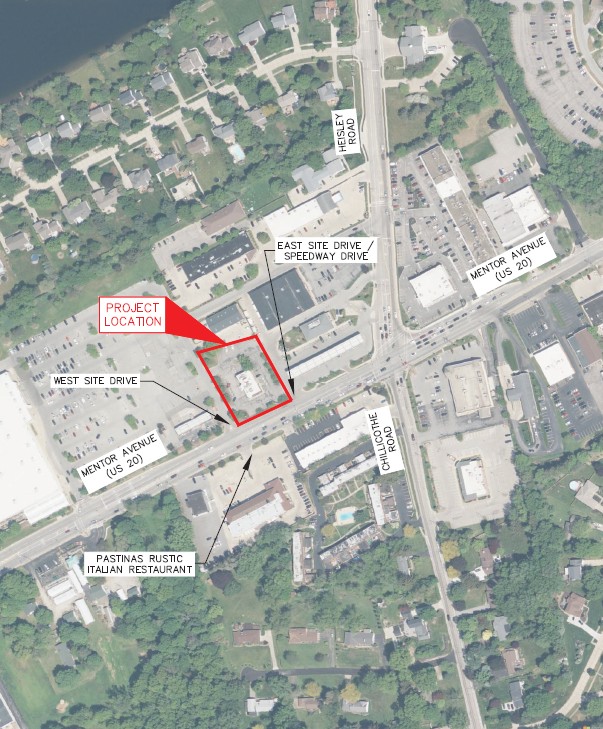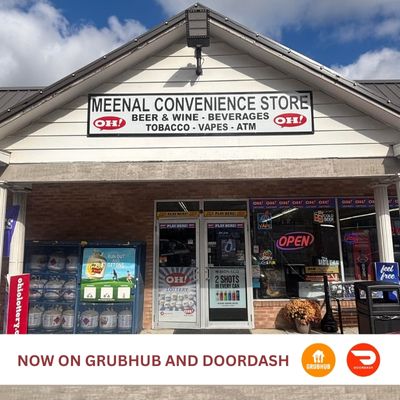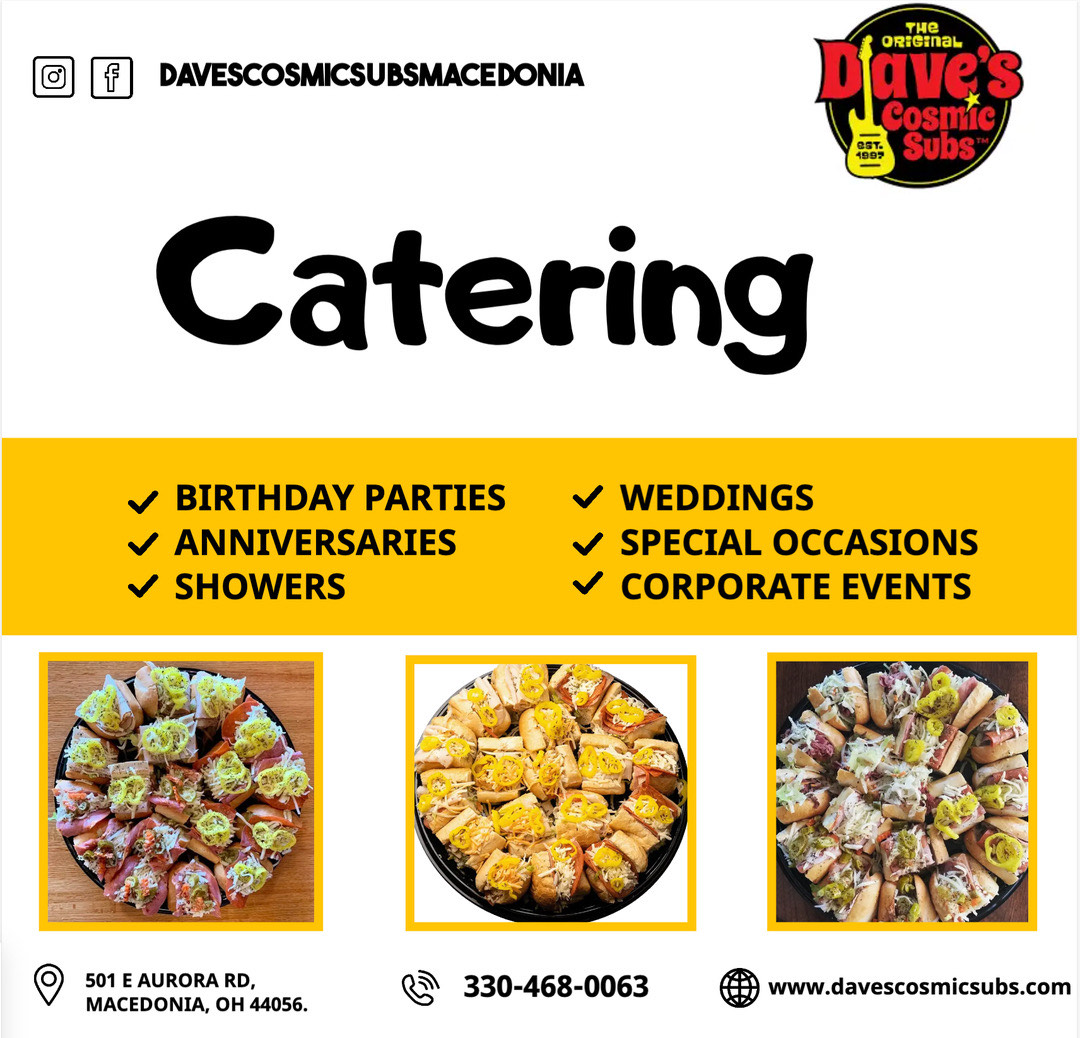Location decisions make or break new businesses, yet most first-time entrepreneurs focus on rent costs while ignoring factors that determine long-term success. Commercial real estate experts consistently see the same costly mistakes that could be avoided with proper site evaluation.
The “cheap rent trap” claims more new businesses than any other location error. Low-cost spaces often come with hidden problems including poor visibility, inadequate parking, zoning restrictions that limit business operations, or buildings that fail to meet current safety codes.
Properties with suspiciously low rent may have code violations, outdated electrical systems, inadequate fire safety equipment, or structural issues that require expensive corrections before occupancy permits can be issued.
Before signing any lease agreement, businesses must verify that properties meet current building codes and safety requirements.
Traffic Patterns vs. Traffic Counts
Most entrepreneurs request traffic count data but miss the critical distinction between volume and accessibility. A location with 50,000 daily vehicles means nothing if customers cannot safely turn into your parking lot or if traffic moves too quickly for impulse decisions.
Study traffic patterns during different times and days. Morning commuter traffic differs dramatically from evening shopping traffic. A coffee shop thrives on morning commuters, while restaurants need accessible evening traffic flow.
Right-hand turns into your location generate significantly more customers than left-turn access across busy traffic. Customers avoid locations requiring difficult turns, especially during peak traffic periods.
Demographics Within Walking Distance
Online demographic data provides general area statistics but misses micro-location realities. A wealthy zip code average becomes meaningless if your specific site sits in the less affluent section.
Walk the area during different times to observe actual foot traffic and customer types. Demographics within a three-block radius matter more than broader area statistics for retail businesses.
Consider demographic trends, not just current numbers. Growing areas with young families present different opportunities than established neighborhoods with aging populations.
Competition Analysis Mistakes
New entrepreneurs either fear competition completely or ignore it entirely. Both approaches miss strategic opportunities. Complementary businesses often benefit from proximity – restaurants near entertainment venues, service businesses near retail clusters.
Analyze why competitors chose their locations and whether similar factors benefit your business model. Failed businesses in a location signal problems, but successful similar businesses indicate market demand.
Building Code Compliance Verification
Before signing any lease agreement, businesses must verify that properties meet current building codes and safety requirements. Contact the local building inspector’s office to request inspection records and any outstanding violations for the specific address.
Review the property’s certificate of occupancy to ensure it covers your intended business use. Many buildings have occupancy limits or use restrictions that may not accommodate your operations.
Request documentation of recent electrical, plumbing, and HVAC inspections. Older buildings may require substantial upgrades to meet current codes, creating unexpected expenses that landlords often try to pass to tenants.
Check with the fire department for fire safety compliance records. Missing or outdated fire suppression systems, inadequate exits, or improper fire lane access can prevent business operations until corrections are made.
Infrastructure and Operational Requirements
Utility capacity, internet speeds, and parking availability seem obvious but get overlooked during emotional decision-making. Manufacturing businesses need adequate electrical service, while tech companies require reliable high-speed internet that may not exist in older buildings.
Consider proximity to suppliers and delivery routes when evaluating locations. Food service businesses benefit from being near wholesale suppliers, while retail operations need efficient shipping access for inventory.
Labor market availability in your specific area affects hiring costs and employee retention. Some neighborhoods provide better access to skilled workers, while others offer lower wage expectations.
Loading dock access, storage space, and expansion possibilities affect operations from day one. Growing businesses often face expensive relocations because initial locations cannot accommodate success.
Alternative Location Strategies
Traditional lease agreements represent only one option for new businesses. Struggling restaurants or commercial kitchens sometimes offer takeover opportunities that include existing equipment and established permits.
Ghost kitchens and shared commercial spaces provide lower-cost entry points for food service businesses. These arrangements offer professional facilities without full lease commitments.
Shared facilities with established businesses like VFW halls or community centers can provide occasional access for businesses requiring intermittent space usage.
Each arrangement type carries different risk profiles and operational limitations that affect long-term business growth potential.
Critical Lease Terms and Risk Assessment
Negotiate expansion options and renewal terms before signing initial leases. Successful businesses outgrow spaces, and moving costs can devastate growing operations.
Percentage rent clauses may seem acceptable for struggling new businesses but become expensive as revenues grow. Understand how lease terms affect profitability at different revenue levels.
Evaluate potential risks including economic downturns, changes in local demand, and increased competition. Develop mitigation strategies before committing to long-term agreements.
Consider termination clauses and exit strategies. Business failure rates remain high, and flexible lease terms can prevent personal financial disaster if operations don’t succeed as planned.
Related article: Great Lakes Advantage: Why Companies Choose Northeast Ohio
Discover more from Northeast Ohio News
Subscribe to get the latest posts sent to your email.










